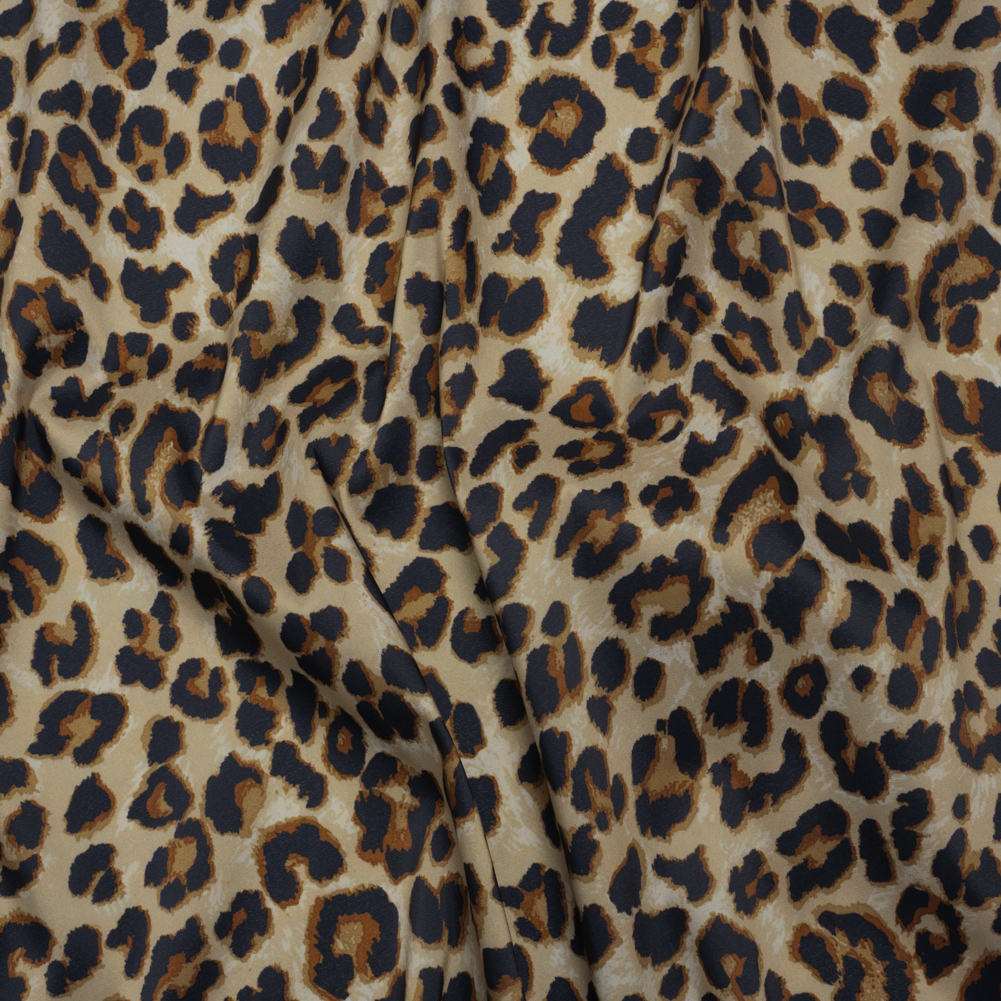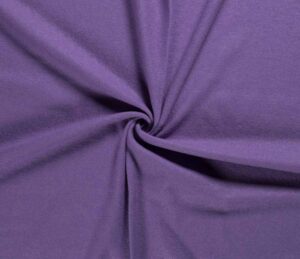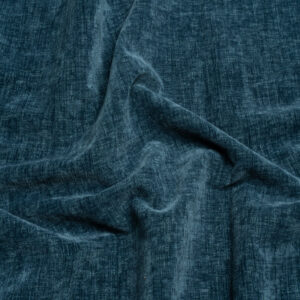Can You Print on Mohair and Nylon Fabrics?

Understanding fabric compatibility is essential in fashion and sewing, as it dictates the success of your projects. Mohair and nylon, with their distinct properties, present unique challenges and opportunities when mixed. In this article, we’ll explore whether these fabrics can be printed together and how to make the most of their combination.
Compatibility Analysis
Can you print on mohair and nylon fabrics? Yes, but with careful consideration. Mohair, a natural fiber derived from the Angora goat, and nylon, a synthetic polymer, differ significantly in texture, weight, and care requirements. Their compatibility hinges on understanding these differences and employing the right techniques.
- Texture and Weight: Mohair is known for its luxurious softness and sheen, while nylon is smooth and lightweight. Their contrasting textures can create an interesting visual and tactile effect.
- Stretch and Durability: Nylon adds stretch and resilience, making it ideal for garments requiring flexibility. Mohair, on the other hand, provides warmth and structure.
- Care Requirements: Mohair requires gentle handling, often needing dry cleaning, whereas nylon is more robust and can typically withstand machine washing.
Fabric Properties Comparison Table
| Property | Mohair | Nylon |
|---|---|---|
| Fiber Content | Natural | Synthetic |
| Weight and Thickness | Medium to Heavy | Light to Medium |
| Breathability | Moderate | Low |
| Moisture-Wicking | Moderate | High |
| Stretch and Elasticity | Low | High |
| Wrinkle Resistance | Moderate | High |
| Care Instructions | Dry Clean | Machine Washable |
| Durability | Moderate | High |
Benefits of Mixing These Fabrics
Combining mohair and nylon can yield several advantages:
- Enhanced Texture and Visual Interest: The blend of natural and synthetic fibers can create unique patterns and textures, adding depth to your designs.
- Improved Comfort and Performance: Nylon’s elasticity complements mohair’s warmth, providing comfort and flexibility.
- Better Drape and Movement: The combination offers a superior drape, enhancing the garment’s flow and movement.
- Cost-Effectiveness: Using nylon can reduce costs while maintaining quality, as nylon is generally less expensive than mohair.
- Seasonal Versatility: This blend is suitable for various climates, offering warmth in winter and breathability in summer.
- Design Possibilities: The contrasting properties allow for innovative designs in both fashion and home decor.
Potential Challenges
Despite the benefits, there are challenges to consider:
- Different Shrinkage Rates: Mohair and nylon may shrink at different rates, potentially distorting the garment.
- Conflicting Care Requirements: Balancing the need for dry cleaning with machine washing can be tricky.
- Texture Clash or Pilling: The smoothness of nylon can sometimes clash with mohair’s fuzziness, leading to pilling.
- Seam Puckering: Differences in stretch can cause puckering at seams.
- Color Bleeding or Fading: Ensure colorfastness to prevent bleeding during washing.
Practical solutions include pre-washing fabrics, using appropriate interfacing, and employing gentle washing techniques.
Sewing & Styling Tips
To successfully combine mohair and nylon, consider these tips:
- Sewing Techniques: Use a zigzag stitch to accommodate the stretch of nylon.
- Needle and Thread Recommendations: Opt for a ballpoint needle and polyester thread for elasticity.
- Interfacing and Stabilizer Needs: Use lightweight interfacing to stabilize mohair without adding bulk.
- Seam Finishing Methods: Overlock or serge seams to prevent fraying.
- Pattern Selection Advice: Choose patterns that emphasize the drape and movement of the fabric blend.
- Styling Ideas: Pair with neutral tones to highlight the fabric’s texture, suitable for both fashion and home decor.
Care & Maintenance Guide
Proper care extends the life of your mohair-nylon blend:
- Washing Instructions: Hand wash in cold water with mild detergent, or use a gentle machine cycle.
- Drying Recommendations: Lay flat to dry to maintain shape and prevent stretching.
- Ironing and Steaming Tips: Use a low heat setting with a pressing cloth to avoid damaging fibers.
- Stain Removal: Treat stains promptly with gentle cleaners specific to each fabric type.
- Long-Term Care: Store in a cool, dry place to prevent mildew and moth damage.
FAQ Section
-
Can you wash mohair and nylon together?
- Yes, but use a gentle cycle and cold water to prevent damage.
-
Will mohair shrink more than nylon?
- Mohair is more prone to shrinkage; pre-washing can mitigate this.
-
What needle size should I use for sewing these fabrics together?
- A size 70/10 or 80/12 ballpoint needle is recommended.
-
Can you mix mohair and nylon in one garment?
- Absolutely, their complementary properties enhance design possibilities.
-
How do you prevent fabric issues when combining these fabrics?
- Pre-wash and stabilize fabrics, and use appropriate sewing techniques.
-
Is it okay to mix mohair and nylon for upholstery?
- Yes, but ensure the fabric blend is durable enough for the intended use.
-
What’s the best way to finish seams with these fabrics?
- Use a serger or overlock stitch to secure seams and prevent fraying.
By understanding the properties and challenges of mohair and nylon, you can effectively combine these fabrics to create stunning garments and decor. With the right techniques, this fabric pairing can offer both aesthetic and functional benefits.



Leave a Reply